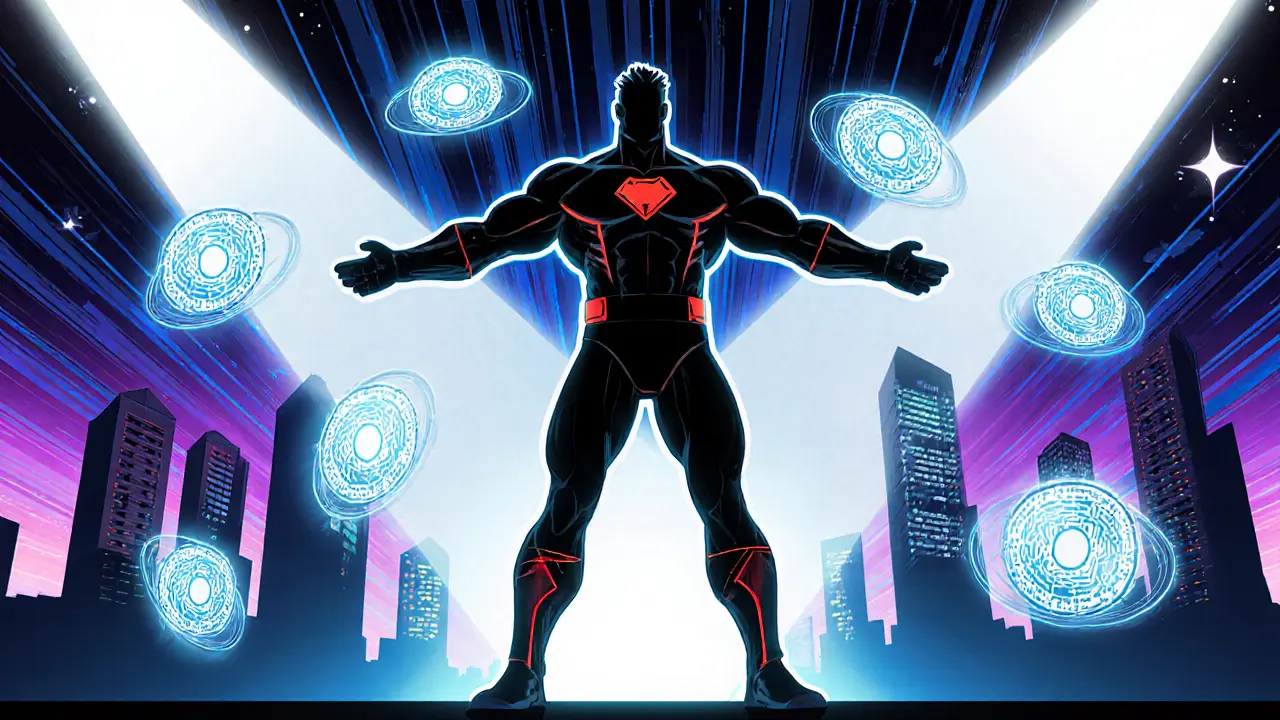When diving into Miner Wars, a blockchain‑powered strategy game that mixes mining mechanics with token economics, letting players earn real crypto while they play. Also known as Miner Wars Game, it sits at the crossroads of GameFi, airdrop campaigns and gaming NFTs. Miner Wars showcases how a play‑to‑earn model can flourish when a token distribution event fuels early adoption, when NFTs give ownership of in‑game assets, and when a modular blockchain backbone keeps transaction costs low and speeds high. In short, Miner Wars encompasses GameFi mechanics, relies on token airdrops for community growth, and benefits from modular blockchain architecture that scales with player demand.
GameFi is the umbrella term for games that reward players with real crypto assets. In the context of Miner Wars, GameFi requires a reliable token model, because players need a medium of exchange for mining resources, upgrades, and marketplace trades. That token model often launches with an airdrop—a free distribution to early supporters that jump‑starts liquidity and builds a community of engaged miners. The airdrop not only sparks initial activity but also creates a network effect that draws more players into the ecosystem. Beyond incentives, the technical foundation matters. Modular blockchain architecture splits core functions—execution, consensus, data availability and settlement—into separate layers. This design enables Miner Wars to handle millions of in‑game actions without choking on fees or latency, a problem many early GameFi projects faced. By leveraging a modular chain, Miner Wars can upgrade its data availability layer independently, keep consensus secure, and still deliver fast, cheap transactions for the mining mini‑games. The result is a smoother player experience, higher retention, and a stronger foundation for future features like cross‑game NFT bridges. The synergy doesn’t stop there. Gaming NFTs, which represent unique in‑game items like rare mining equipment or exclusive land parcels, give players true ownership that can be transferred or sold on any compatible marketplace. When NFTs sit on a modular chain, their metadata can be verified quickly, and ownership changes settle instantly. This creates a virtuous loop: NFTs boost gameplay depth, NFTs attract collectors, collectors increase token utility, and the token’s value fuels further airdrop‑driven growth.
All these pieces—GameFi economics, airdrop strategies, modular blockchain tech, and gaming NFTs—form the backbone of Miner Wars' ecosystem. Understanding how they interlock is key to making the most of the game, whether you’re a casual player, a token investor, or a developer eyeing the next big GameFi launch.
Below you’ll find a curated collection of articles that unpack each of these angles. From a deep dive into modular blockchain architecture and how it scales next‑gen chains, to step‑by‑step guides on token airdrop eligibility, to analyses of market cap and privacy‑vs‑surveillance trends that affect the broader crypto world, the posts cover everything you need to navigate Miner Wars confidently. Use these resources to sharpen your strategy, spot hidden opportunities, and stay ahead of the fast‑moving GameFi landscape.

Discover how to claim GoMining's $GMT and $GOMINING airdrops, reward tiers, steps to join, token specs, and risk warnings in this 2025 guide.